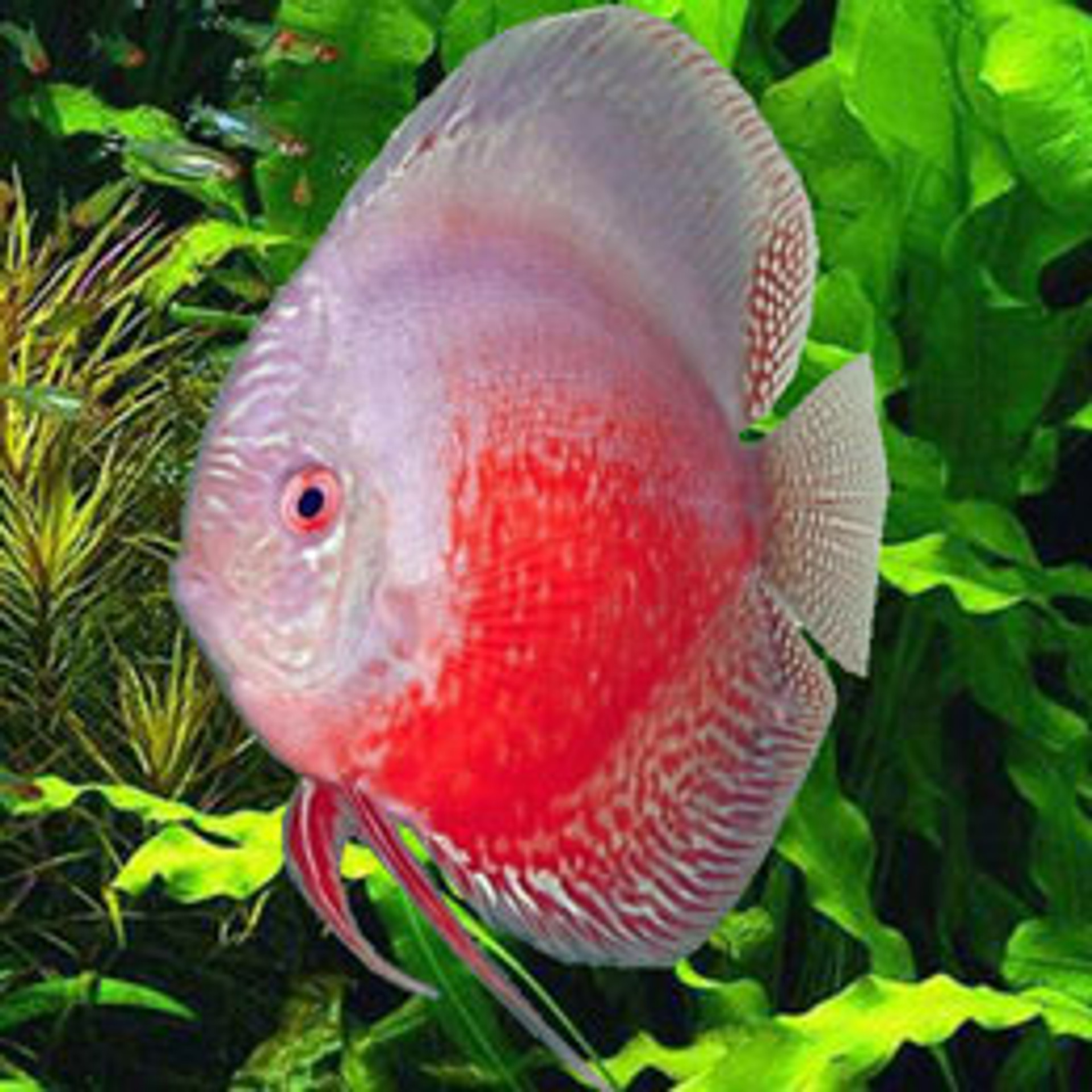

Early hobbyists removed the eggs, attempted to hatch them in a separate tank and grow the fry on. Recommended tank mates include: most Tetra species, Loaches, Cory Catfish, smaller Plecostomus species, Siamese Algae Eaters, Ottocinclus, Rams, peaceful Rasbora species, Rainbow fish, Hatchet fish and Pencilfish.īeing closely related to the freshwater Amazonian Angelfish, it was assumed that Discus breeding requirements would be the same.

Lastly, be sure to maintain excellent water quality at all times as Discus do not leave a lot of room for error when it comes to water quality and consistency.

When keeping Discus with live plants, it is best to keep the aquarium pH between 6.0 to 6.8 and a lower water hardness of 150 PPM or less. Aquaponics or an external vegetable filter (heavily planted sump using aquarium water for nutrients) is present on the system and able to keep dissolved nutrients very low. Frequency of water changes can be lessened or avoided if some other form of nutrient export is present within the system. Strong biological and mechanical filtration along with weekly partial water changes are required to keep water quality high and water parameters consistent.

If strong aquarium lighting is used for plant growth, be sure that the density of the plant life is great enough to provide shaded areas for the Red Melon Discus to retreat to when needed. Red Melon Discus should not be housed with aggressive or boisterous fish species or in aquariums with intense lighting or strong water currents. Discus can thrive in a wider range of water parameters as long as the changes are not sudden and the fish has adequate time to adjust to changing parameters. Water parameters should be very consistent with a pH near 6.5 to 7.2, temperature between 80° to 86° Fahrenheit with low to medium water currents. Red Melon Discus aquariums should closely resemble their natural Amazonian habitat with plenty of plants and branching root or driftwood. Discus as with other fish can easily adjust to pH that flucuates naturally between day and night and with slight fluctuations caused by partial water changes. The key is to keep water parameters that are consistent over time and do not high quick flucuations. Many tank bred Discus are used to higher pH ranges from 6.0 to 7.0 and can thrive while being kept in a higher pH. It is also very important to maintain very consistent water parameters that have very little fluctuations in pH, temperature and dissolved minerals. When keeping Red Melon Discus in the home aquarium, it is extremely important to replicate their natural surroundings and water parameters as closely as possible. The water also maintains very stable and consistent water parameters year round, including water temperatures that range between 80 to 86 degrees Fahrenheit both during the day and night. The water is very low in mineral content, which makes it "soft" water with a low pH ranging from 4.0 to 7.0. In the wild, Discus are found living in the upper tributaries of the Rio Negro and Rio Madiera along with the surrounding lakes and flood plains. Discus are very popular amongst intermediate to advanced fish keepers, and are widely considered to be one of the most rewarding and challenging to keep of the freshwater tropical community fish species available within the hobby. Over the years breeders have not only raised enough tank-bred specimens to largely fulfill the demand from the aquarium hobby, but have developed completely new color strains and patterns as well. Due to their popularity and the high price tag that they command, Discus are very popular with fish breeders. Ever since their introduction into the hobby to this day, Discus are considered one of the most colorful, demanding, rewarding and expensive of all tropical freshwater aquarium fish species. Color enhancing foods that contain beta carotene will alter the color of the Discus and generally give it a deeper red or red/orange appearance.ĭiscus originate from the Amazon River Systems of South America, where they were first imported into the aquarium hobby in the early 1930s. Their coloration is easily influenced by color enhancing foods or carotenoids present within the foods they are fed. This breeding work was performed by breeders who over the course of decades were able to selectively breed the discus to achieve what we now call the Red Melon Discus, Melon Red Discus or Super Red Melon Discus, which features a solid reddish orange body and either a reddish orange face or a pale yellow face. The Red Melon Discus is one of the many strains of discus that through genetic mutation have produced a reproducable color variation of the Discus fish.


 0 kommentar(er)
0 kommentar(er)
